We had the opportunity to review the online e-Science Homeschool Science Curriculum for all levels, kindergarten through twelfth grade, from Supercharged Science.

Aurora Lipper, a busy mom of four, happens to also be a mechanical engineer, university instructor, pilot, astronomer as well as the author of and scientist behind Supercharged Science.
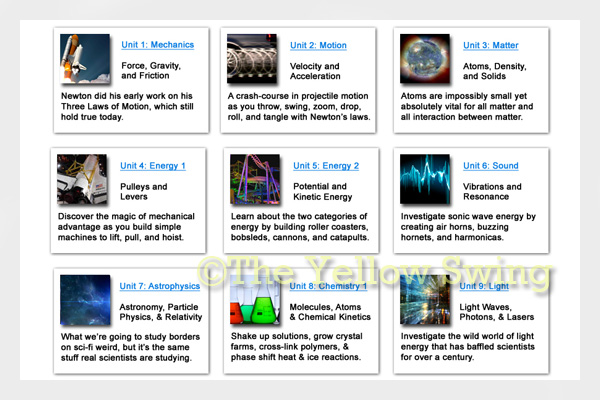
Lipper has taught science classes and workshops for almost 20 years. As a result of her efforts, she has put together an e-science curriculum for children, ages kindergarten through twelfth grades, that is extremely hands-on and thorough with step-by-step instructions for completing experiments, activities and other science projects. Through Supercharged Science, Aurora is able to share her passion for teaching and love of science with students.
After logging into our account, there was the big question: Where to begin? Aurora makes it easy to use the website and program with a “Getting Started” video. Users also learn how to choose the science area, start using the program, how to use the program independently or alongside another program, and how to get answers when you need them. Lipper has even put together a reference list of experiments offered through Supercharged Science that are compatible with the science lessons of other curricula. The e-Science Homeschool Science Curriculum makes science come to life.
Whether your child (or you) is a mad scientist, novice or has absolutely no interest in science, e-Science Homeschool Science Curriculum can work for you. Aurora makes science fun!
The lessons are in video format, which takes the load off of the teacher (me), because there is no lesson planning required and Aurora does the teaching. You will probably want to participate right alongside your children, because the lessons are easy to follow, engaging and will cause you to be curious. There is much learning to be had. The variety of experiments are some I have never seen.
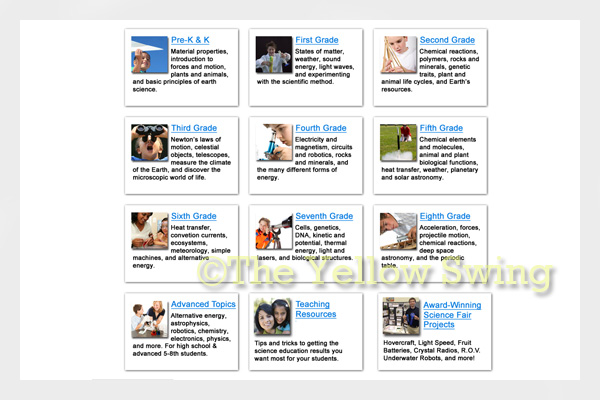
We looked through the many science experiments in the program. They are categorized by grade level and topics. You can spend a few weeks working science experiments on one topic or hop around through the different subjects. We did the latter, because we wanted to try different experiments in different areas. Having access to all of the grade levels can allow your science loving (or curious) child to not be held back from more learning.
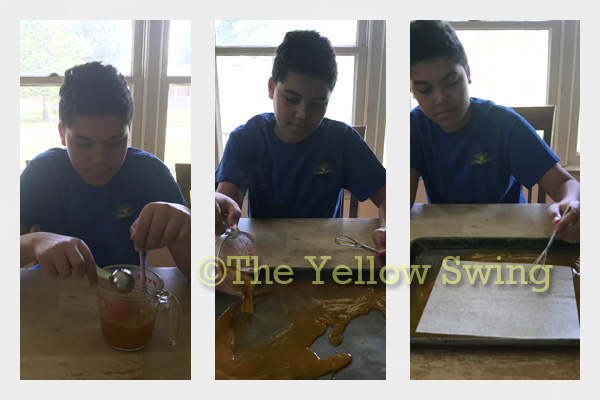
A lot of the material lists include items you would find around your home, which makes it really easy to complete an experiment. You do need to plan and read ahead to learn what is needed. One of the experiments we did called for something we did not have at home, goldenrod paper.
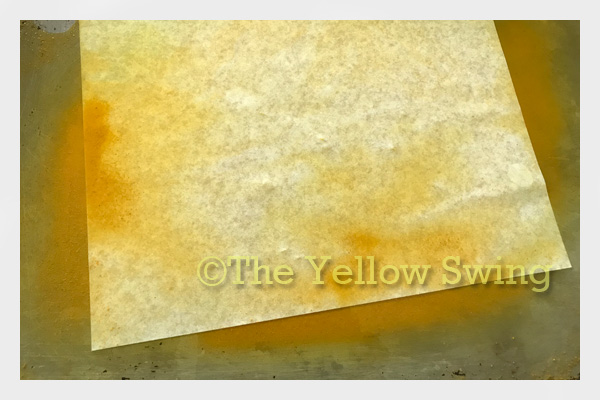
When using e-Science Homeschool Science Curriculum, this is probably the one time I suggest you read the comments. In the comments was a response from Aurora that suggested how to make goldenrod paper. So, while the experiment we chose taught us one thing, it led to another experiment and we learned how to make goldenrod paper. I can’t think of another time when we may need goldenrod paper, but we got to see how turmeric transformed a white piece of paper into a different color.
INCLINED PLANE
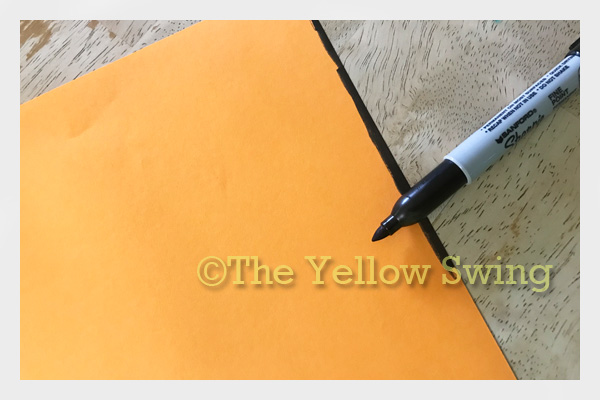
We learned about the similarity between “something straight, like a ramp, is really the same as a spiral staircase“.
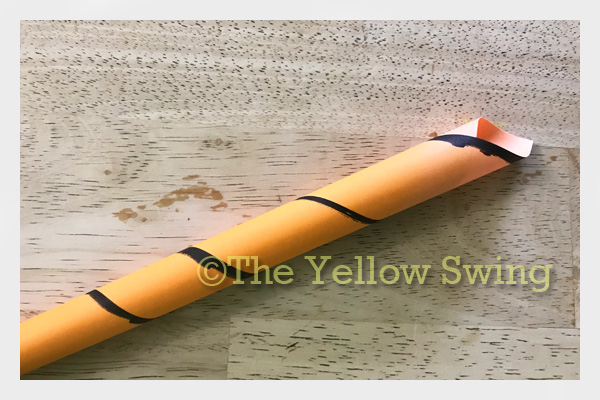
We created a screw by marking a solid line on the edge of a piece of paper and rolling it diagonally on the opposite side of the line we drew.
ELECTROSTATIC MOTOR
This experiment was fun. We created static electricity by rubbing the balloon against our hair. We were able to make the stick move in circles.
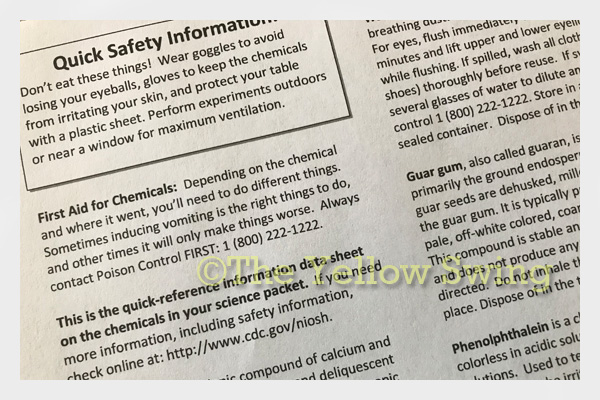
I am glad safety is important to Lipper. This handout, How to Not Burn Your Eyeballs and Lose Your Fingers, is one of the many available to users. Lipper also includes student worksheets and exercises for the experiments.
Another feature I absolutely love about Supercharged Science is its Questions! section. You can ask questions just about anything related to Supercharged Science, the experiments and science, and Aurora will answer the questions for you. If you ask a question about a specific experiment, the question and answers appear on the experiment page as well in the general question feed. I found answers to many of my questions in that section. The questions and responses appear in the question feed and users can respond too.
e-Science Homeschool Science Curriculum teaches the student how to do the experiment and the why behind the results. It takes a creation-neutral perspective. There are more than 1,000 video lessons/experiments from which to choose, so your child will never get bored. The video lessons are short and engaging. I think seeing how the experiment is done gives the student a feeling of independence and a sense of confidence. If you have a high school student, they will find the experiments challenging and enjoy doing them.
We did not have access long enough for us to try more experiments, but I have found some we will be doing over the summer. After looking through the library of experiments, it reinforces the fact that you should be careful about what you throw away. One of those items could be something that would work well in a science experiment.

PRICE AND AVAILABILITY
You can purchase an annual subscription to e-Science Homeschool Science Curriculum. Check out the free stuff. After that, try it for $1! After that, you may want to purchase a subscription.
Social Media Links
Facebook: https://www.facebook.com/superchargedsci/
Pinterest: https://www.pinterest.com/superchargedsci/supercharged-science/
Twitter: https://twitter.com/aurora_lipper
YouTube: https://www.youtube.com/user/auroram42/videos


Leave a Reply